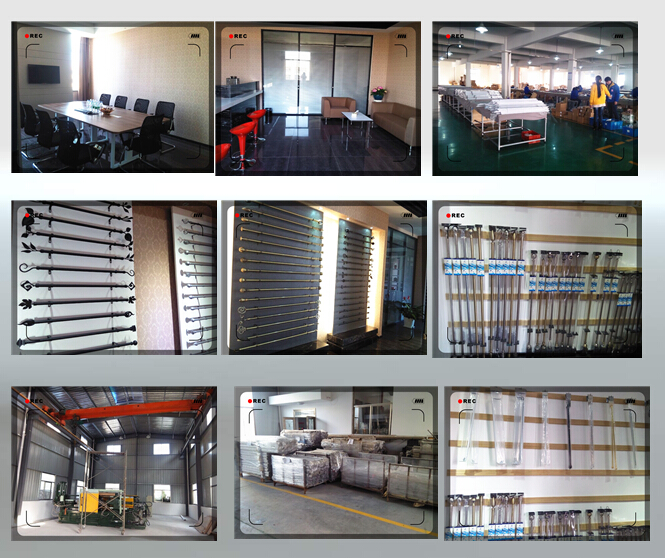In this post-NAFTA, post-WTO era of near-instant global competition, companies around the world are responding faster, lighter, and cheaper to the same feelings.
In other words, the products and parts they manufacture contain the ability to operate at high speeds, which are best, lighter and cheaper to manufacture due to cost pressures. One of the best ways to achieve these goals is through the development and application of new materials, but these new and improved materials are often difficult to process. This combination of commercial power and technical difficulties is particularly prominent in the automotive and aerospace industries and has become the primary driver of the knowledgeable tool company's R&D department.
For example, with ductile iron, it has become an increasingly popular material for engine parts and other parts in the automotive, agricultural and machine tool industries. This alloy provides a combination of lower production costs and good mechanical properties. They are cheaper than steel and have higher strength and toughness than cast iron. At the same time, ductile iron is very wear-resistant and has a tendency to quickly wear off tool materials. This wear resistance is largely affected by the pearlite content. The higher the pearlite content of a known ductile iron, the better its wear resistance and the poorer its processability. In addition, the porosity of ductile iron results in interrupted cutting, which further reduces life.
It is expected that the high hardness and high wear resistance of the cutting material should take into account the high wear resistance of ductile iron. And in fact the thick coating of material containing very hard TiC (titanium carbide) or TiCN (titanium carbonitride) has proven to be effective at processing ductile iron at cutting speeds of 300 meters per minute. However, as the cutting speed increases, the temperature of the chip/tool ​​joint surface also increases. When this happens, the TiC coating tends to chemically react with the iron and soften, and more pressure acts on the crater-resistant coating. Under these conditions, it is desirable to have a coating that is more chemically stable, such as Al2O3 (although not as hard or wear resistant as TiC at lower speeds). Chemical stability is an important factor in performance performance demarcation than wear resistance. The speed and temperature depend on the grain structure and properties of the spheroidal graphite cast iron. However, usually thick coated TiC or TiCN and oxide-only thinner coatings are used for ductile iron applications, as most of today's processed materials have cutting speeds between 150 and 335 meters per minute. For applications with speeds above 300 meters per minute, this material is satisfactory.
In order to optimize the performance of this range, Seco has developed and introduced the TX150 for the processing of ductile iron. This material has a hard, deformation-resistant substrate that is ideal for machining ductile iron. Its coating consists of a thick layer of very wear-resistant titanium carbonitride and a thin layer of anti-crater-wearing oxide coating with a thin layer of TiN on top. This coating utilizes the current state of the art in the medium temperature chemical vapor deposition (MTCVD) process which produces the full hardness and toughness smoothness of the CVD coating required for wear resistance and crater wear resistance. The combined properties of the substrate/coating impart high resistance to plastic deformation and edge rupture, making it an ideal material for processing ductile iron at normal speeds.
Coated ceramics have also been shown to efficiently process ductile iron. In the past, uncoated, tougher alumina ceramic and silicon carbide fiber reinforced alumina ceramic applications were limited by the chemical affinity of the workpiece material. However, the life of coated tools that have produced high heat by resisting the chip deformation process has increased dramatically today. While some early work in this area used alumina-coated whisker-reinforced ceramics, most of today's research activities focus on TiN-coated silicon nitride. This coating significantly broadens the range of applications for better tough ceramics.
We have 2 factories, one is for manufacturing and the other for electroplating. Our products are environmentally friendly. We are responsible for our partners. OEM orders are welcome!
Color: Brushed Nickel, Satin Nickel, Claret-red, Black Nickel, Antique Brass, Antique Copper, Polished Brass, Matt Antique Brass, Brown, Golden, Chrome, Champagne, Piano Black, Matt Black, Ivory White, White, Black with Silver, Black with Gold, White with Gold, Silver or whatever you name .
One Curtain Pole set including(Choice 1)
1) Metal single pole: the length: according to customers requests
2) 2 or more brackets
3) Rings ( metal or plastic)
4) 2 related finials
5) includes screws and anchor
One set including(Choice 2)
1) Metal extendable pole (Double-rails are also available)
2) 2 or more brackets
3) Rings(metal or plastic)
4) 2 related finials
5) Including screws and anchor

Crystal Curtain Rod Finials, Crystal Ball Finials, Crystal Finials For Curtain Poles
YUYAO CITY YISHENG METAL PRODUCTS CO.,LTD , http://www.alydecor.com
